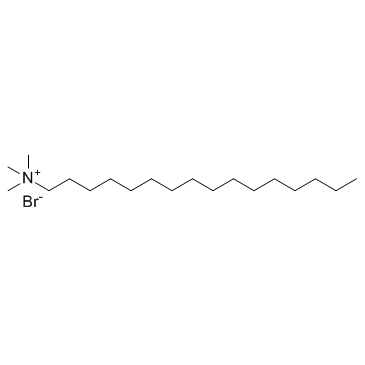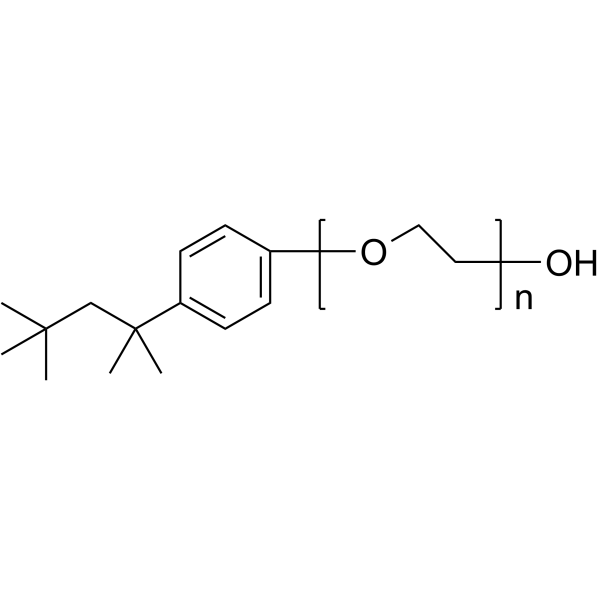| Structure | Name/CAS No. | Articles |
|---|---|---|
 |
Acetone
CAS:67-64-1 |
|
 |
Hexadecyl trimethyl ammonium bromide
CAS:57-09-0 |
|
 |
Triton X-100
CAS:9002-93-1 |
|
 |
1,2-DIHEXADECANOYL-RAC-GLYCERO-3-PHOSPHOCHOLINE
CAS:2644-64-6 |
|
 |
Colfosceril palmitate
CAS:63-89-8 |